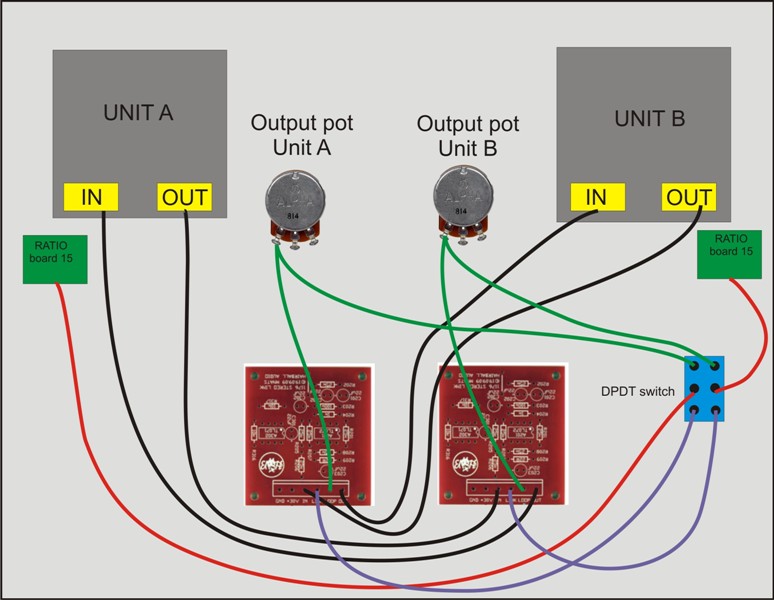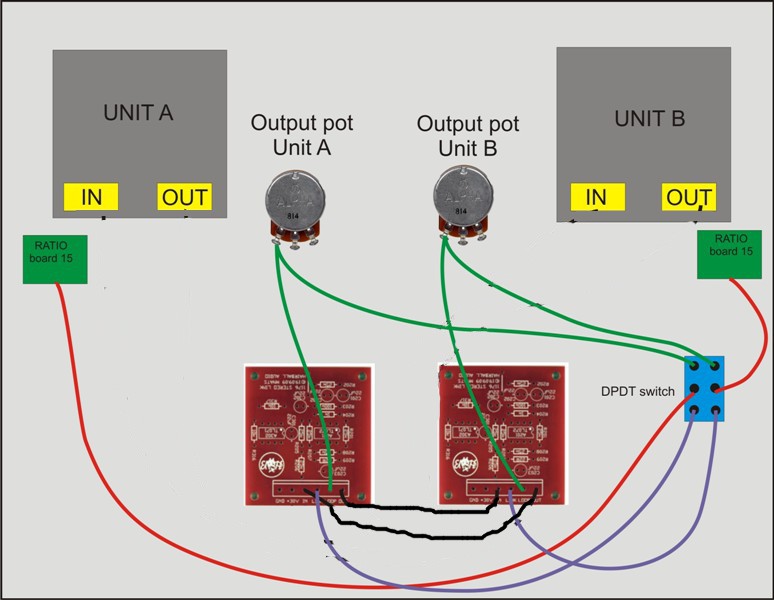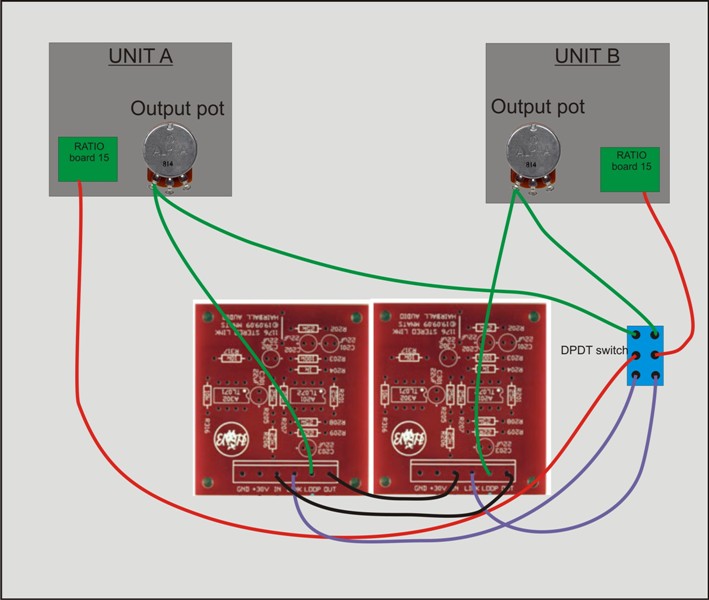Echo North
Well-known member

A few months ago I started thinking about offering a stereo link option for the 1176. My initial thought was that the “Pad 7” (direct connect) method was not a great solution so I started down the path of offering a version of the 1176SA circuit.
I asked Ed Andreson if he had any advice on the topic and he shared an insightful analysis of the linking options.
----------
To get two 1176s tracking in stereo, you'd want the GR FETs on both to get the same DC signal. So lets say we tie the point at the output of both sidechains together (Pad 7 meathod). Now the outputs of the sidechains are in parallel. A side effect is that now both the attack/release networks are also in parallel, which means the minimum attack time is doubled. Another side effect is that the controls interact. You can read about it in the manual, but it does make the settings a bit trickier. If the FETs are perfectly matched, then the DC control voltage at zero compression should be the same on both units. But what if they aren't the same? Then there is a DC potential between the two FET control lines, and current will flow from one unit to the other, which is a problem.
If you look at the 1176SA adapter as shown in the urei 1176 manual, you can see that it is basically a battery and a pot. This is the solution... the battery is a floating (not referenced to any power supply in either unit) voltage that you can stick in between the two FET control lines to bridge any difference in DC voltage, so that there is no current flow. The pot allows you to adjust the voltage to exactly match the difference between the two units. The problem with the "solution" (apart from the side effect of doubled min attack and control interactivity) is that while the FETs may be matched at no GR, it make take a different amount of DC to make each FET do, say 10db of gain reduction as an example. You can trim those differences out in the meter circuit to make the meter FET track the GR FET, but you'd have to introduce a more complex adjustment to get the two GR FETs to track each other reliably over a wide range. In the 1178 urei went with a matched FET pair chip, which is basically unavailable today.
The purple solution, which you can see on the MC77 schem, is to take the audio from the output of the first stage on each unit, buffer and sum it together, and then feed the summed audio to both sidechains. so the sidechains in both units hear the summed program material, and they don't have to really be paralleled, so there are no side-effects
----------
After considering Ed’s thoughts, I decided the best option would be to offer a project that utilized the Purple Audio summing option. Purple Audio graciously gave me permission to offer the circuit and mnats kindly offered his PCB layout skills.
The 1176 stereo linking boards are offered as a kit or PCB’s only here:
http://hairballaudio.com/shop/product_info.php?cPath=22&products_id=50
Two boards are required to link to units. Wiring instructions can be found here:
http://library.hairballaudio.com/datasheets/Stereo_Link_Wiring_Guide.pdf
For proper stereo operation the units should use the came control settings and have reasonably matched GR FETs. Hairball Audio only accepts FETs with curves within a specific range. Any two pairs of matched FETs purchased through Hairball Audio should provide stereo linking within 1db up to 10db of gain reduction.
Support questions can be posted in this thread.
Ordering questions should be posted in the Hairball Audio White Market thread located here:
http://www.groupdiy.com/index.php?topic=28923.0
Thank you to mnats, Purple Audio and Ed Anderson.
Mike
Hairball Audio



















![Electronics Soldering Iron Kit, [Upgraded] Soldering Iron 110V 90W LCD Digital Portable Soldering Kit 180-480℃(356-896℉), Welding Tool with ON/OFF Switch, Auto-sleep, Thermostatic Design](https://m.media-amazon.com/images/I/41gRDnlyfJS._SL500_.jpg)















